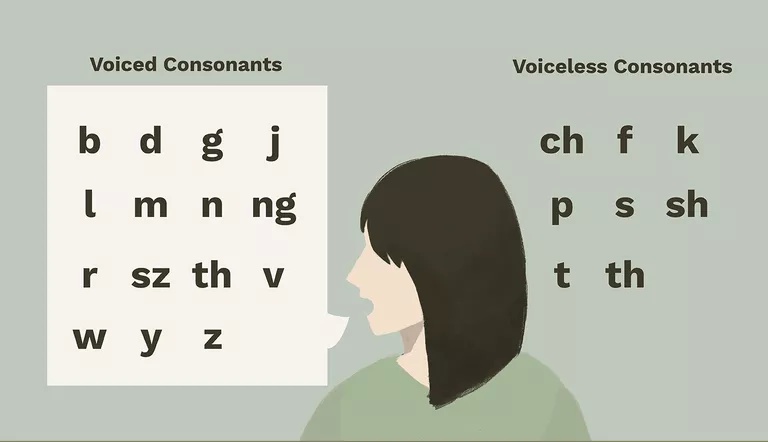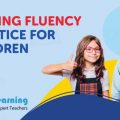How to Improve and Teach Reading Effectively
Reading Methodology
There are several known researched-based theories on Effective Reading Instruction. The most prominent ones are:
Phonetics is first taught in pre-k and kindergarten. However, the greatest fallacies occur when the sounds are taught improperly. Keep in mind, too, that a child’s hearing and sight are not fully developed at that early age. Therefore, teachers must know how to correctly teach phonics. True phonetic/linguistic sounds are mostly not aired sounds and rarely aired sounds.
Teachers must be trained to properly say the sounds aloud to the students without adding an “uh” sound after each consonant. Students will not be able to sound and blend words if they hear “uh” come after the consonant. The best method is to put your hand over your mouth to say the sound- if you feel air coming out, then you are making the sound incorrectly.
Note that some sounds vibrate your vocal cords, voiced consonant sounds such as B, D, G, J, L, M, N, Ng, R, Sz, Th (as in the word “then”), V, W, Y, and Z. Unvoiced consonant sounds include Ch, F, K, P, S, Sh, T, and Th (as in “thing”).
By teaching sounds in isolation, the instructor can then teach students how to sound and blend new words. Generally speaking, consonants, short vowels, sound, and blend. Then begin the same with long vowel sounds. The adding of digraphs and diphthongs comes last.
There are some students who learn best simply by seeing words and associating those words with either pictures or actions. In a whole language setting, all objects are labeled in a classroom. Students see and say the words they are shown. The words are then put together with action pictures or modeling and made into sentences. New and unusual words that do not follow a phonetic pattern are also taught by sight. The best list of sight words used in the USA is the Dolch Sight List which is a list of words by grade level that students must master. Flashcards are another strategy in teaching sight words in a classroom.
By having students learn one-word structure ( such as the word – cat), additional words can be made by changing the first letter or blend of letters and keeping the word ending the same ( examples include change the “c” in “cat” to a “b,” and you have “bat,” change the “b” to a “f,” and you have the word “fat.” This method is particularly successful with younger students, students learning English for the first time, and/or students who are struggling readers.
Being able to read words, however, does not guarantee that students will be able to comprehend what they are reading and to benefit from their reading.
To improve reading for students, it is imperative to also increase their vocabulary and their fluency levels.
Defining Fluency and Its Importance to Reading Comprehension
When referring to fluency in reading, one must consider that it is based on critical aspects of oral reading. These include the ability to read selected passages quickly (the speed at which words are read), with few or no errors (accuracy in reading), and showing expression while reading (prosody). Oral fluency thus adds to a student’s cognitive understanding of the text.
State Standards for English Language Arts and Literacy include fluency as a component.
When reading, a student who is orally fluent is able to read words at a flowing rate, with expression, and is able to recognize words automatically, as seen on the written page. Struggling readers are not able to make these connections to text and suffer from comprehension.

Basic skills that are needed to read fluently include decoding (phonics, linguistics, sound, and blend), and sight words (words not following a given pattern taught in isolation).
Reading research (Reschly, Busch, Betts, Deno& Long, 2009; Reschly et al., 2009) demonstrates that fluency assessments and tasks are excellent measures of universal screening, and support the conclusion that verbal reading proficiency is the best practice to determine and improve upon reading comprehension levels.
In the 1960s and 1970s, oral reading was a vital part of classroom instruction. Some models included a reading machine that scanned words across a screen line by line for students to read together, or individually and/ or with teacher assistance. Students were also asked to read selected paragraphs or sentences aloud in class when called upon by the teacher. These practices, however, led to student embarrassment and poor results.
The practice of repetitive reading (choral reading) and or taped reading responses proved to be of greater success and are currently used in primary grades and with students learning English (ESL, ELL).
The types of errors to note in oral or taped reading include the omission of a word or words, word substitution, hesitating for three or more seconds between words, and no effort or attempt at a word or phrase after three or more seconds.
Best practices have shown that a curriculum-based measurement of oral reading (CBM-R) using multiple reading fluency tests can help to determine if a student needs additional support, monitor progress, and raise levels of fluency. In such programs, a student’s level of performance is noted by the number of words read correctly and verbal expression. These types of fluency tests may be given either 2 or 3 times a year to monitor progress.
Various Instructional Practices are known to be effective in building oral reading fluency.
-
Oral or Taped reading-The student will orally read a selection. The teacher will listen to the reading and then score the oral reading based on fluency. A student’s oral/taped reading is scored based on rate/flow/accuracy, cwpm- correct words per minute, and expression.
The types of errors to note in oral or taped reading include- the omission of a word or words, word substitution, hesitating for three or more seconds between words, and no effort or attempt at a word or phrase after three or more seconds.
For effective implementation of oral reading fluency, basic guidelines can be followed:
Reading Levels
Non-reader– Not able to read passages or decode words
Below or Emergent Level– More than ten errors for every 100 words
Instructional Reading Level-Between 6-10 errors for every 100 words
Independent Level– 5 or fewer errors for every 100 words.
Fluency improves when students are being taught at their instructional level. - Repetitive Reading Research has shown that when a student is struggling in reading fluency and comprehension, repetitive reading increases their self -esteem and the ability to read independently
- In repetitive reading, the teacher reads the selection aloud for the student. The student then reads with the teacher and then attempts it on his/her own. Then rereads silently.
- Many test-taking tips encourage the silent repetitive reading of passages for at least three times while taking reading assessments.
- Peer Assisted Reading– Quite often, a student who is struggling will show greater improvement if they are paired with a good reader who is compassionate and shows patience in helping a fellow classmate. In this manner, the good reader and the struggling reader can read the passage together.
- Phrase reading– With phrased reading, the teacher reads the first part of a sentence, and the student orally completes the sentence. Based on the student’s level of understanding, this can build confidence and support a low performing reader.
- Sentence Strip Reading– Students choose a picture and paste it on a page. The teacher then asks the student to tell him/her about the picture. The teacher repeats the student’s response and writes it on the sentence strip. The teacher then points to each word and repeats it to the student. The student gradually repeats the sentence back to the teacher—an excellent activity for first-time readers on their first day of school. The words and sentence strips can then be duplicated and copied for the teacher to use with the entire class.

Related Links
Oral reading fluency stories – The clever monkey
free online reading programs for middle school students




